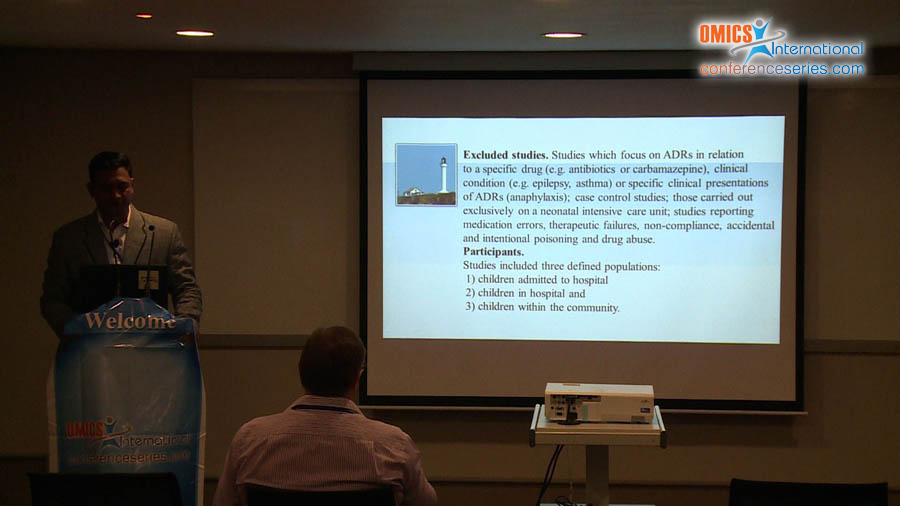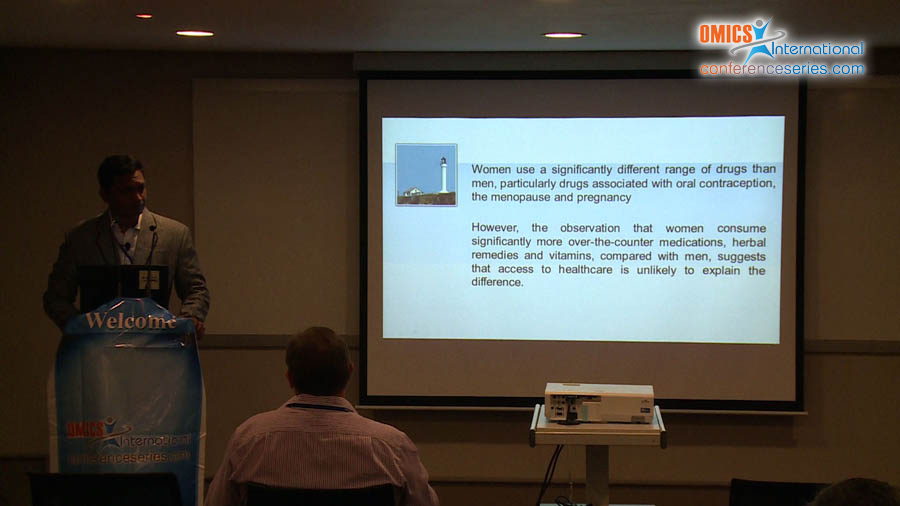
Sagar D Kadam
Hon. Shri Babanrao Pachpute Vichardhara Trust’s Group of Institutions
India
Title: ADR is a threat more to children and women than adult male
Biography
Biography: Sagar D Kadam
Abstract
Adverse drug reactions in children are an important public health problem. We have undertaken a systematic review of observational studies in children in three settings: Causing admission to hospital, occurring during hospital stay and occurring in the community. Up to 5% of all hospital admissions are the result of adverse drug reactions (ADRs). Identifying those factors which may predispose to ADRs is essential for risk management. Amongst the known risk factors for adverse reactions are increasing age, polypharmacy, liver and renal disease as well as being female. Female patients have a 1.5- to 1.7-fold greater risk of developing an ADR, including adverse skin reactions, compared with male patients. The reasons for this increased risk are not entirely clear but include gender-related differences in pharmacokinetic, immunological and hormonal factors as well as differences in the use of medications by women compared with men.Women generally have a lower lean body mass, a reduced hepatic clearance, have differences in activity of cytochrome P450 (CYP) enzymes (40% increase in CYP3A4, varied decrease in CYP2D6, CYP2C19 and CYP1A2), and metabolize drugs at different rates compared with men. Other important factors include conjugation, absorption, protein binding and renal elimination, which may all have some gender-based differences. However, how these differences result in an increased risk of ADRs is not clear. There are pharmacodynamic differences between men and women, seen particularly with cardiac and psychotropic medications. There is no doubt that chlorpromazine, fluspirilene and various antipsychotics appear more effective in women than men for the same dosage and plasma concentration. It is possible that gender difference in T cell activation and proliferation account for this as well as the increased prevalence of skin diseases such as systemic lupus erythematosus and photosensitivity. Whatever the mechanism(s), it is important to be aware that gender is a significant factor in ADRs. We were particularly interested in understanding how ADRs might be better detected, assessed and avoided in these categories.
Speaker Presentations
Speaker PDFs
Speaker PPTs Click Here



